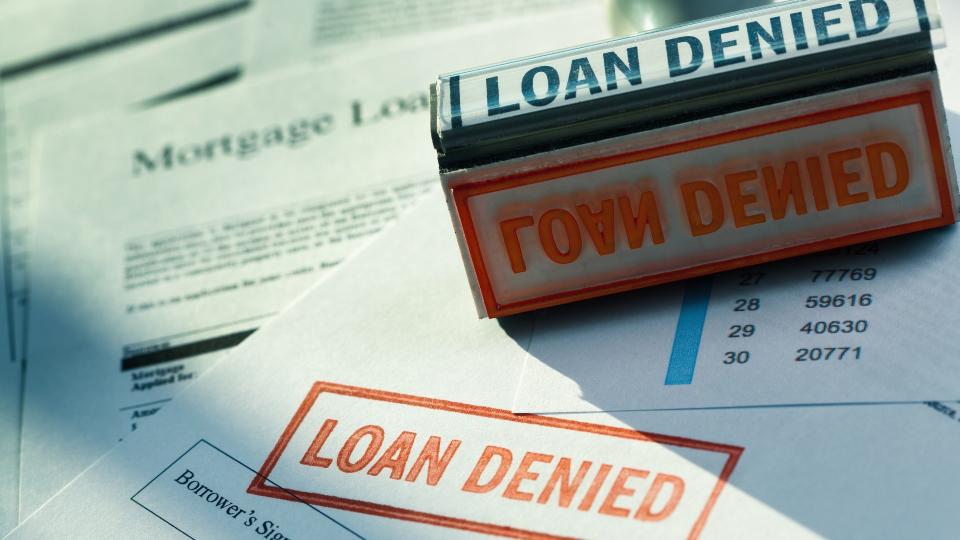Rejected for a Mortgage? 4 Mistakes You May Have Made

Saving enough money to make a down payment on your first home is a major accomplishment you should be proud of. The next hurdle is financing your purchase, and that can be tricky. If you’ve been turned down for a mortgage loan, understanding why is key to making the changes necessary to get your application approved next time around.
Mortgage Rates Are Dropping: 20 Housing Markets With the Most Affordable Home Prices
Learn More: Become a Real Estate Investor for Just $1K Using This Bezos-Backed Startup
Here are four mistakes you may have made that resulted in your mortgage application being rejected.
1. Not Checking Your Credit Before Applying
Not checking your credit before applying is a big mistake, according to the Consumer Financial Protection Bureau. Most loan types have minimum credit score requirements, and if you don’t meet them, the lender can’t approve your application.
But your score isn’t the only thing lenders consider.
They also look at your credit report to verify your payment history. Late payments and collections can cause lenders to reject your application even if your credit score is high enough to qualify. And in some cases, negative information is incorrect.
Before you reapply for a loan, check your credit score to make sure you qualify for financing. Also check your reports to see if they show unpaid accounts you can bring up to date, or errors that need correcting.
Be Aware: Don’t Buy a House in These 10 US Cities: Growing Populations and Overcrowding
2. Not Considering Other Lenders
The agencies that back mortgage loans set rules for approving loan applications, but lenders have their own criteria as well. Just because one lender turns you down doesn’t mean all will. Do some research before you apply next time, and talk with loan officers from a few lenders about your eligibility.
3. Applying for Too Large a Loan
Your debt-to-income ratio (DTI) compares your monthly debt payments to your monthly income. Lenders look at two different types of DTI. The first is your house payment — including principal and interest, homeowners insurance and property tax — compared to your income. The second is your total debt payments, including house payment, compared to your income. If either of these ratios is too high, you could be rejected for a mortgage.
To avoid issues in the future, make sure the amount you apply for is realistic for your income and other debt.
4. Skipping a Preapproval
Lenders issue preapproval letters to let borrowers know that, based on preliminary reviews of their credit, incomes and debts, they qualify for certain amounts of financing.
A preapproval is not a loan offer, but it can give you a pretty good sense of whether you’re likely to be approved for a loan once the lender takes a closer look at your finances.
More From GOBankingRates
This article originally appeared on GOBankingRates.com: Rejected for a Mortgage? 4 Mistakes You May Have Made